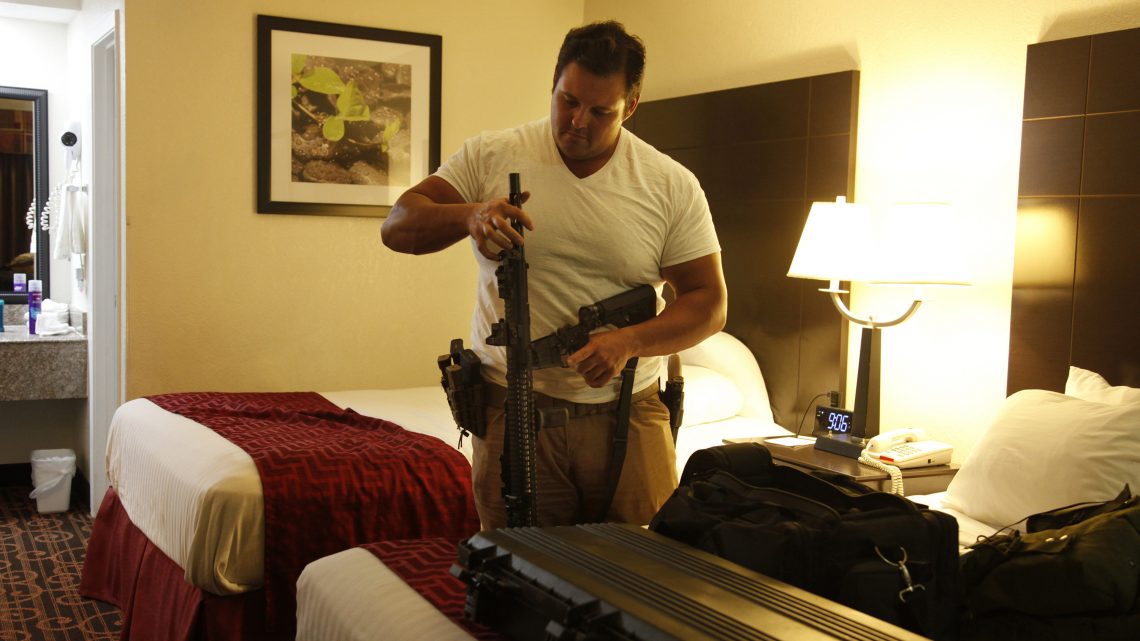
An Up-Close Look at America’s Evolving Militia Movement
February 21, 2019Many Americans in recent years have had little choice but to consider the power and appeal of organized, far-right extremism. Perhaps most notorious among the groups that have made headlines for coordinated hate is Atomwaffen Division, a far-right group that, as the New York Times reported, has been linked to at least five killings in the United States, including that of a Jewish student, Blaze Bernstein. VICE has covered Atomwaffen in the past, detailing how alleged members of the group—which has some ties in my home country, Canada—were among the far-right activists involved in a larger burst of online organizing, in some cases to practice guerrilla warfare tactics in order to prepare for a possible “race war."
But I wanted to better understand the broader spectrum of militia-style organizing in the US. So, leaning in part on a list of “anti-government” groups compiled by the Southern Poverty Law Center (SPLC), I proceeded to make contact with a number of less-conspicuous outfits who take on the aura of armed forces. According to the SPLC, such groups may tend to "engage in groundless conspiracy theorizing, or advocate or adhere to extreme antigovernment doctrines." But the SPLC also notes that listing them "does not imply that the groups themselves advocate or engage in violence or other criminal activities, or are racist."
Many groups rejected my requests to photograph their activities. But I eventually found four who apparently felt they had little to hide, even allowing me into their closed Field Training Exercises (FTX). They were: Carlisle Light Infantry, Arkansas State Militia Corps (ASMC), Indiana Volunteer Militia, and Arkansas Defense Force (I found the latter two on Facebook, rather than via the SPLC). While there's always the possibility such groups might be putting on a show for an outside photographer, many members from these groups claimed they were normal, hard-working members of society who just wanted to be prepared to protect their communities in the event of a government breakdown or natural disaster.
The first group I visited, the Carlisle Light Infantry, appeared primarily interested in preparedness for natural disasters. Even so, it took weeks of speaking with their commander—who called himself "Gus" and like other members of these groups asked he not be fully identified for fear of retribution at his job—before they allowed me to attend an FTX. (I quickly learned the “M” word, militia, is often rejected by members of these groups, who do not necessarily want to be associated with anti-government extremism.)
I eased into Gus's camp rather quickly. And despite the race-baiting so central to national politics and the reputation militias have for generous overlap with the extreme right, members did not seem overly obsessed with immigration. The thing that was most palpably right-wing about them was their persistent focus on and fondness for a sweeping interpretation of the Second Amendment.
When I asked Gus about his political views, he explained he supported Bernie Sanders because he seemed like just an “average guy.” With Sanders (at the time of our conversation, at least) off the campaign trail, Gus said he identified as “Just Nothing.” He added that his group avoided political discussions, because it would erect a divide amid the common goal of coming together in the event of a disaster.
After my meeting with Carlisle Light Infantry, I headed first to Indiana and then to Arkansas. Bernie Sanders was not as popular around those parts. But again, the chief consistency I could discern between members within the two Arkansas Groups and Indiana Volunteer Militia was their fixation on and love of gun rights. One Indiana Volunteer Militia member explained that he was “not included in [the government’s] best interests,” hence his interest in arming himself with ammo and skills that could “protect his rights.” On my next FTX, I was told by an upper-level figure of Arkansas State Militia Corps that the Second Amendment “is like an insurance policy: You pay the premium but don’t really appreciate it until there is a disaster.” He explained such a disaster could be a “terrorist organization gathering a sizable force with the intentions of taking over a town.”
That same member said applications to join the ASMC had risen since the Democrats retook control of the House of Representatives last fall.
What follows is a selection of my photographs with these groups. Among other things, I tried to explore whether members’ apparent paranoia—an integral part of the movement as I experienced it—was more or less of a threat to the social fabric of society than the “shit hits the fan” scenario so many of them were worried about.
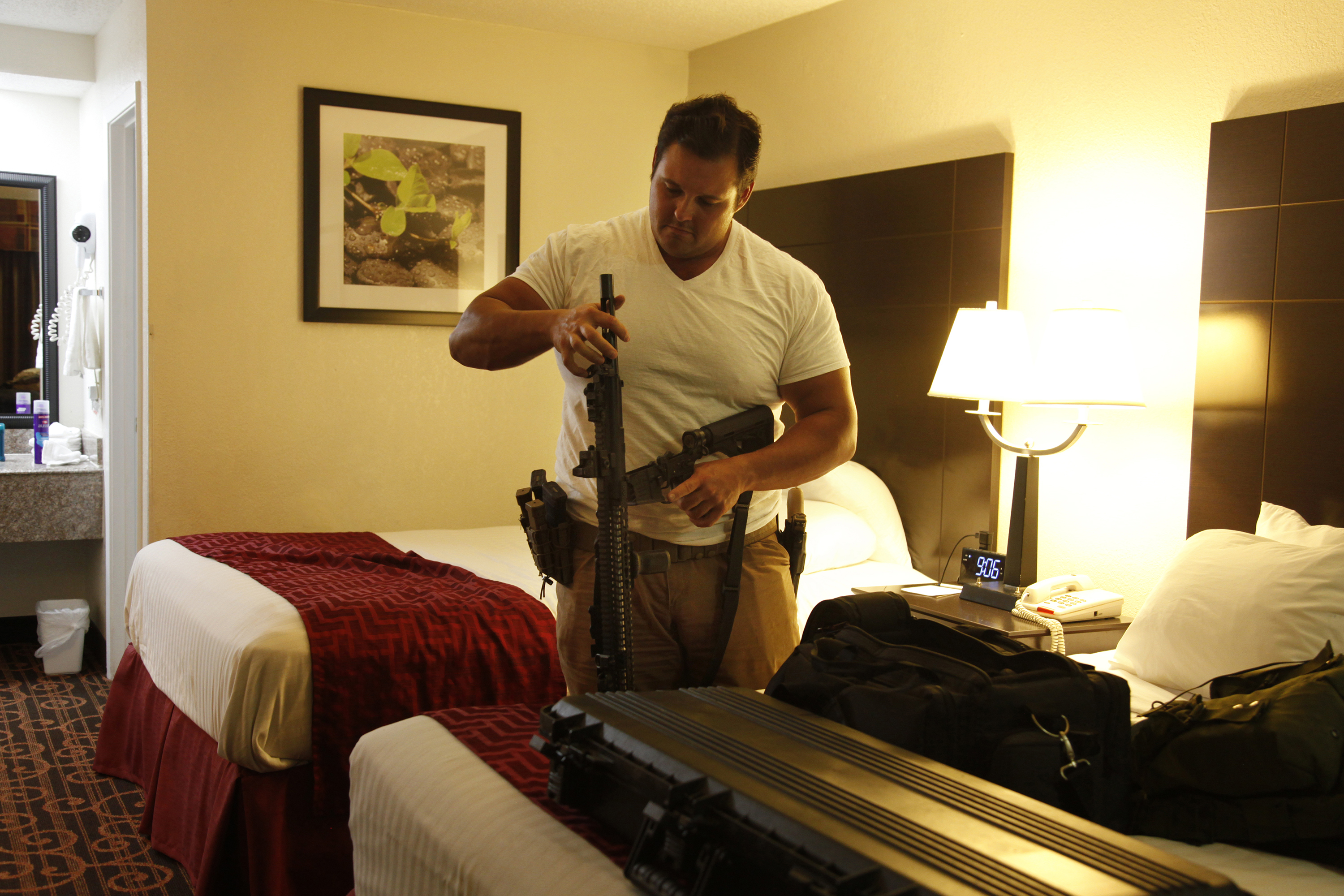
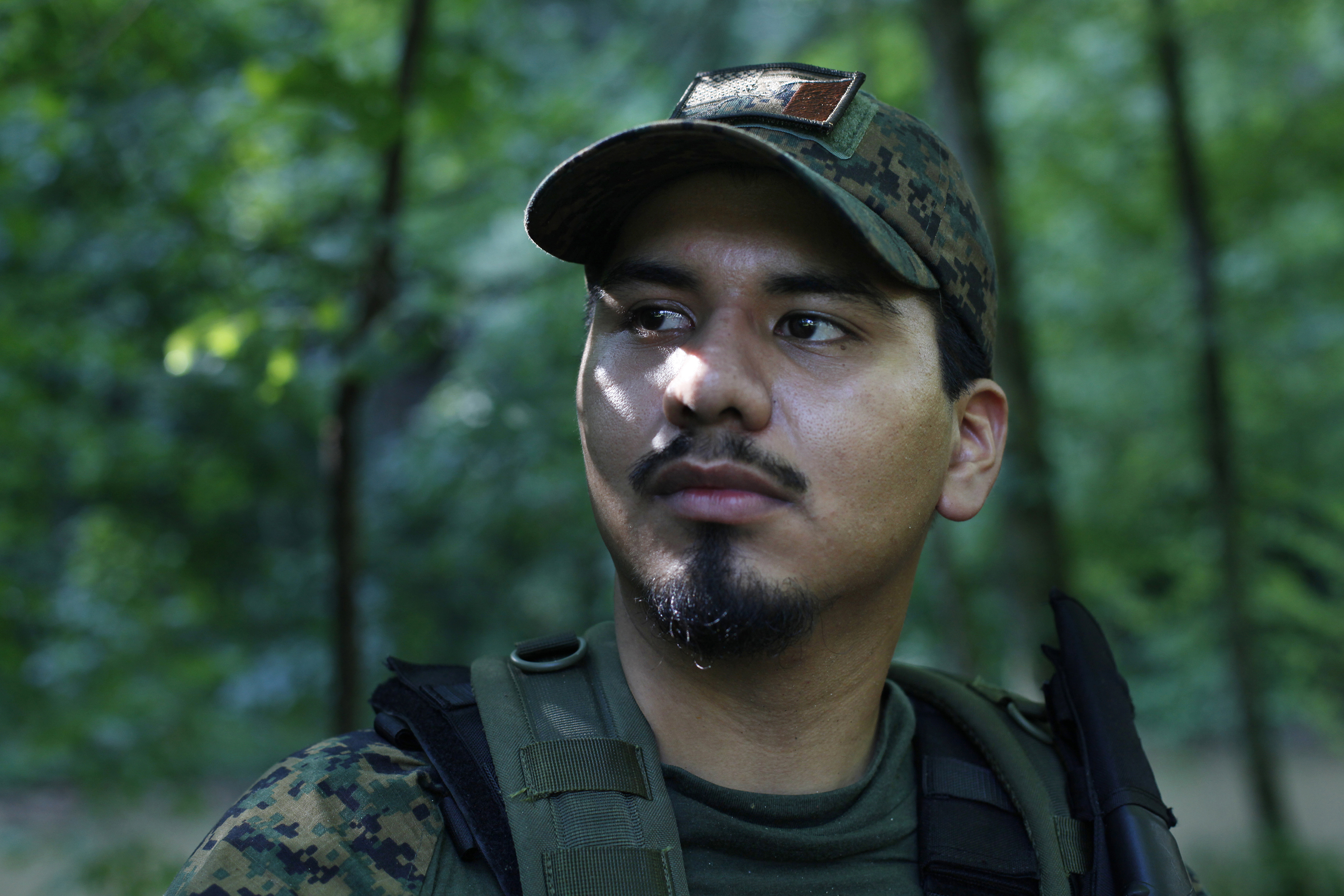
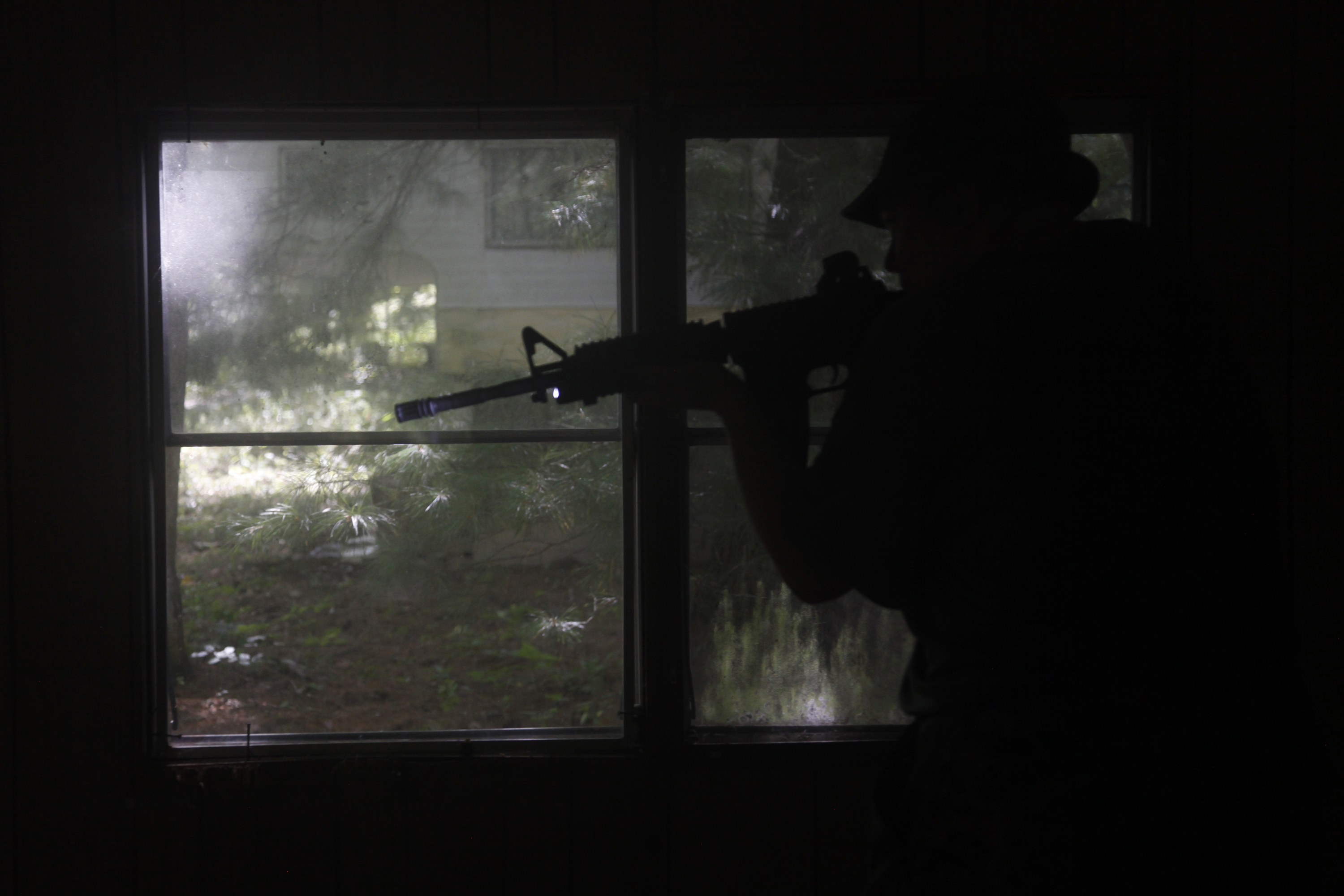
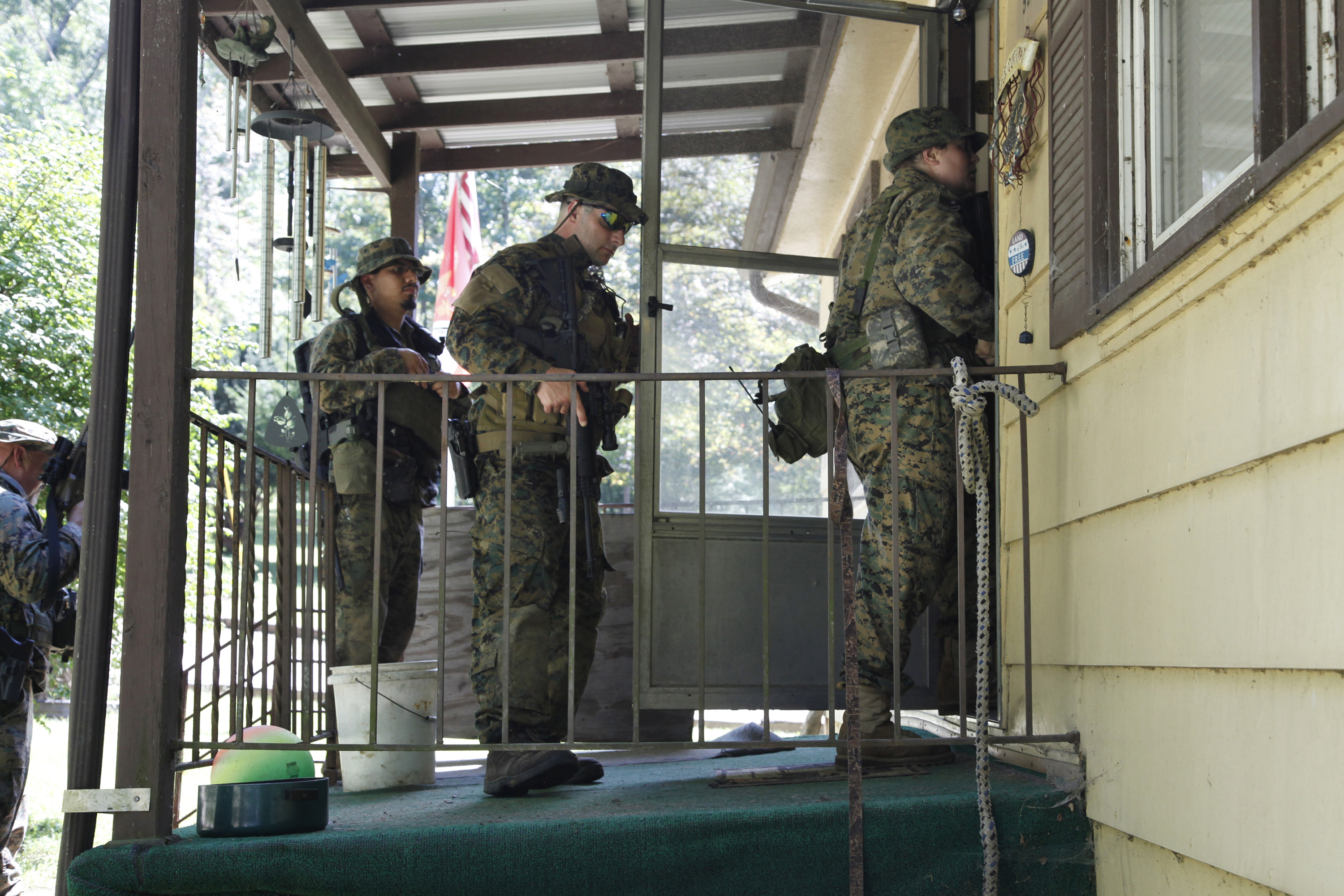
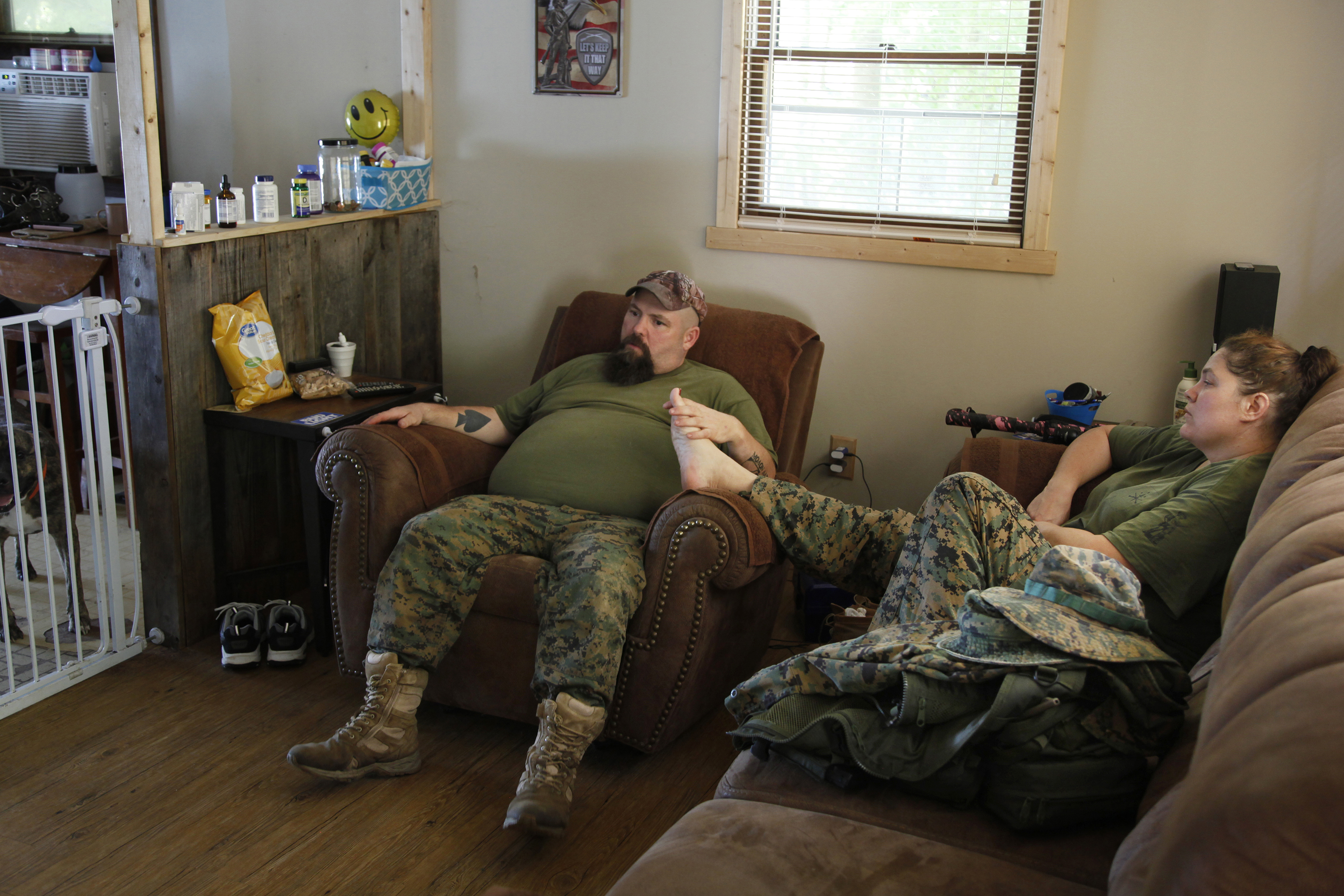
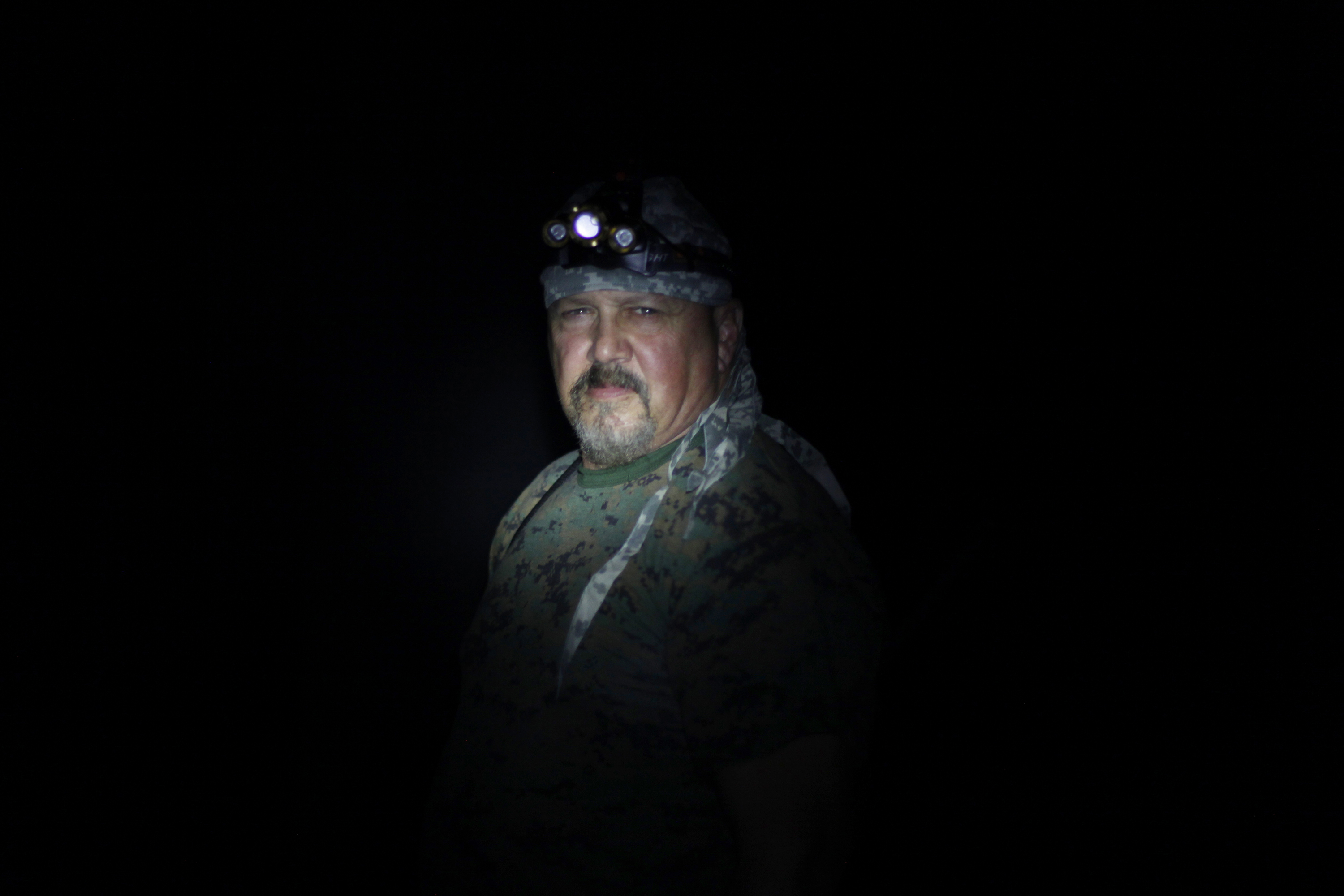
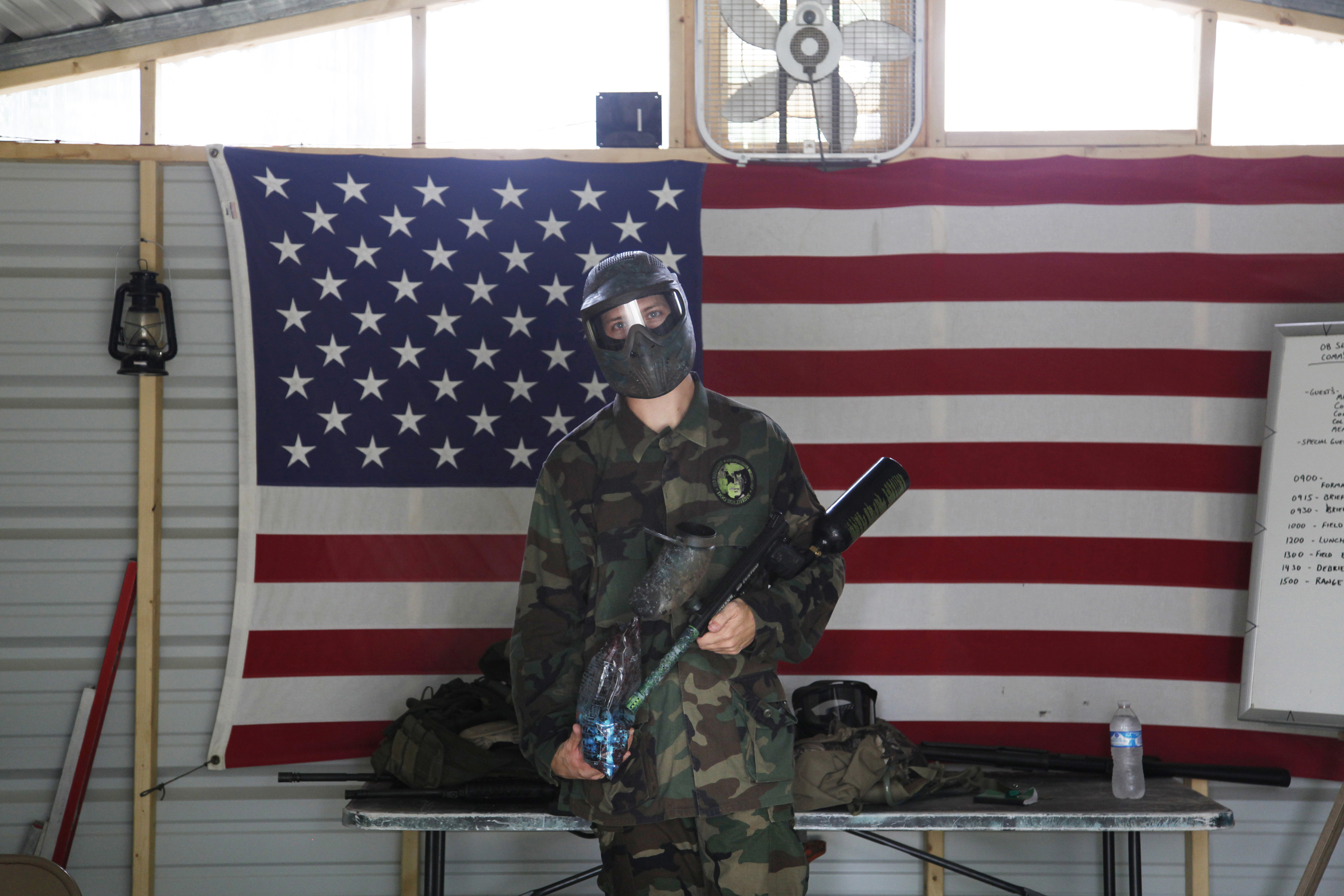
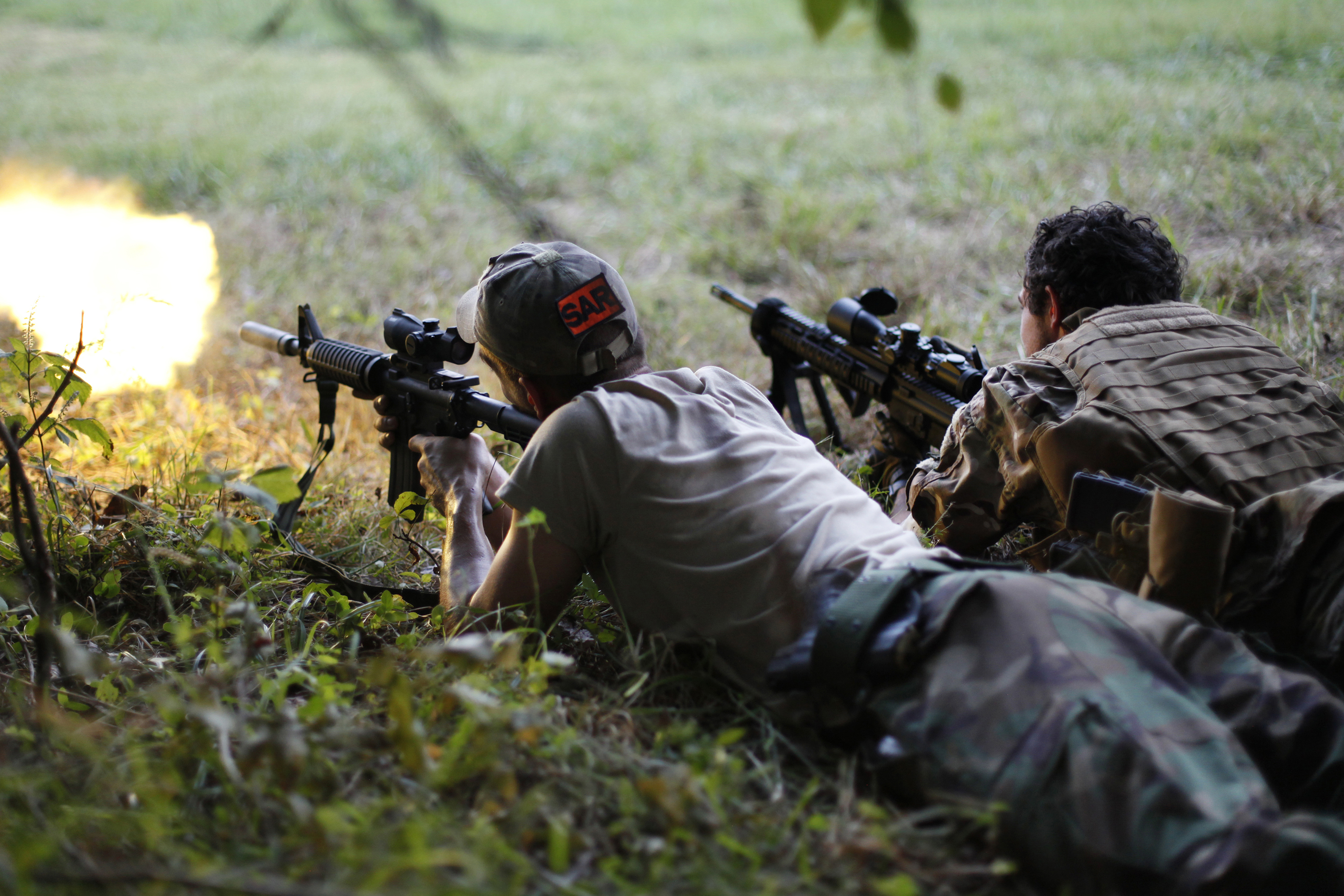
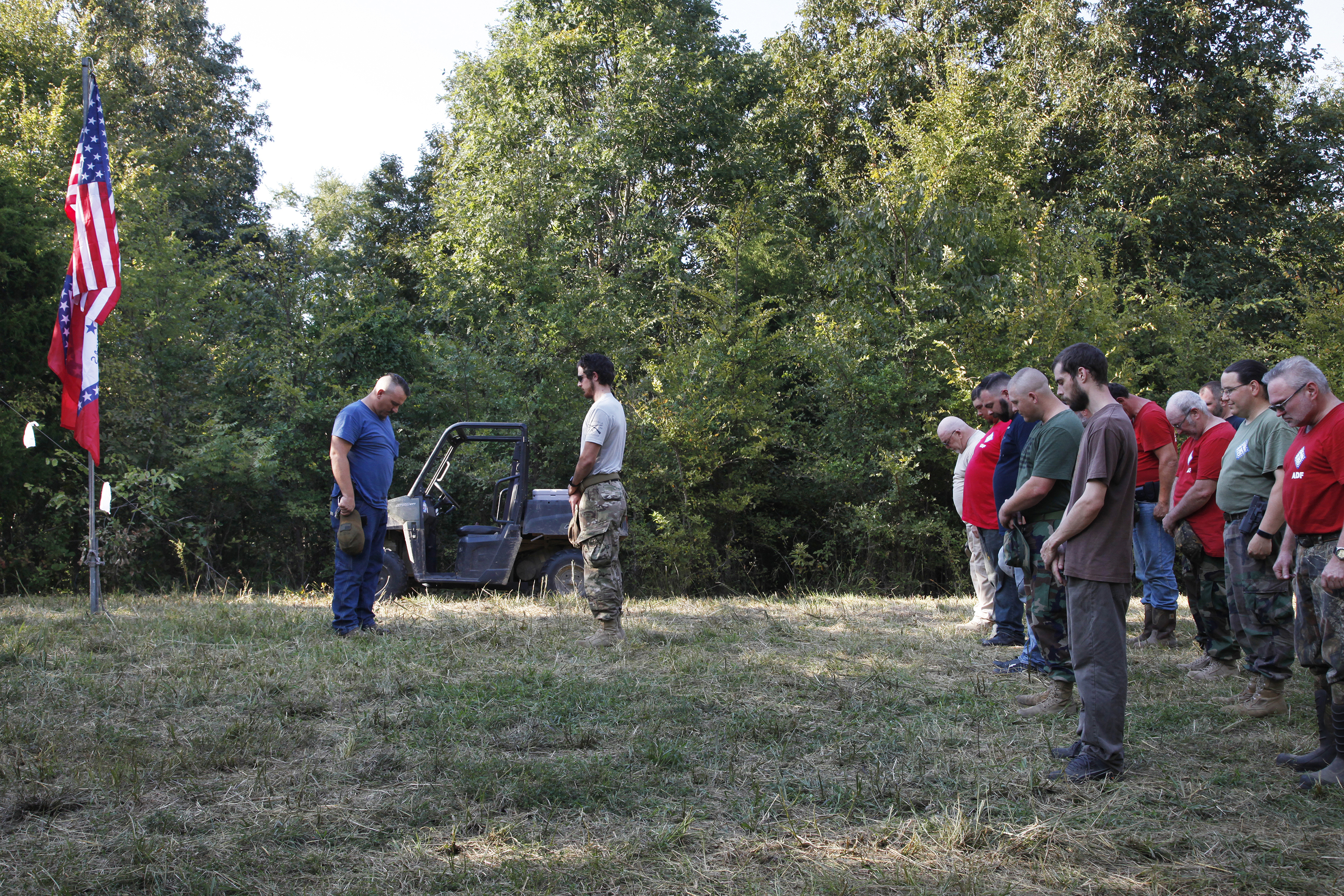
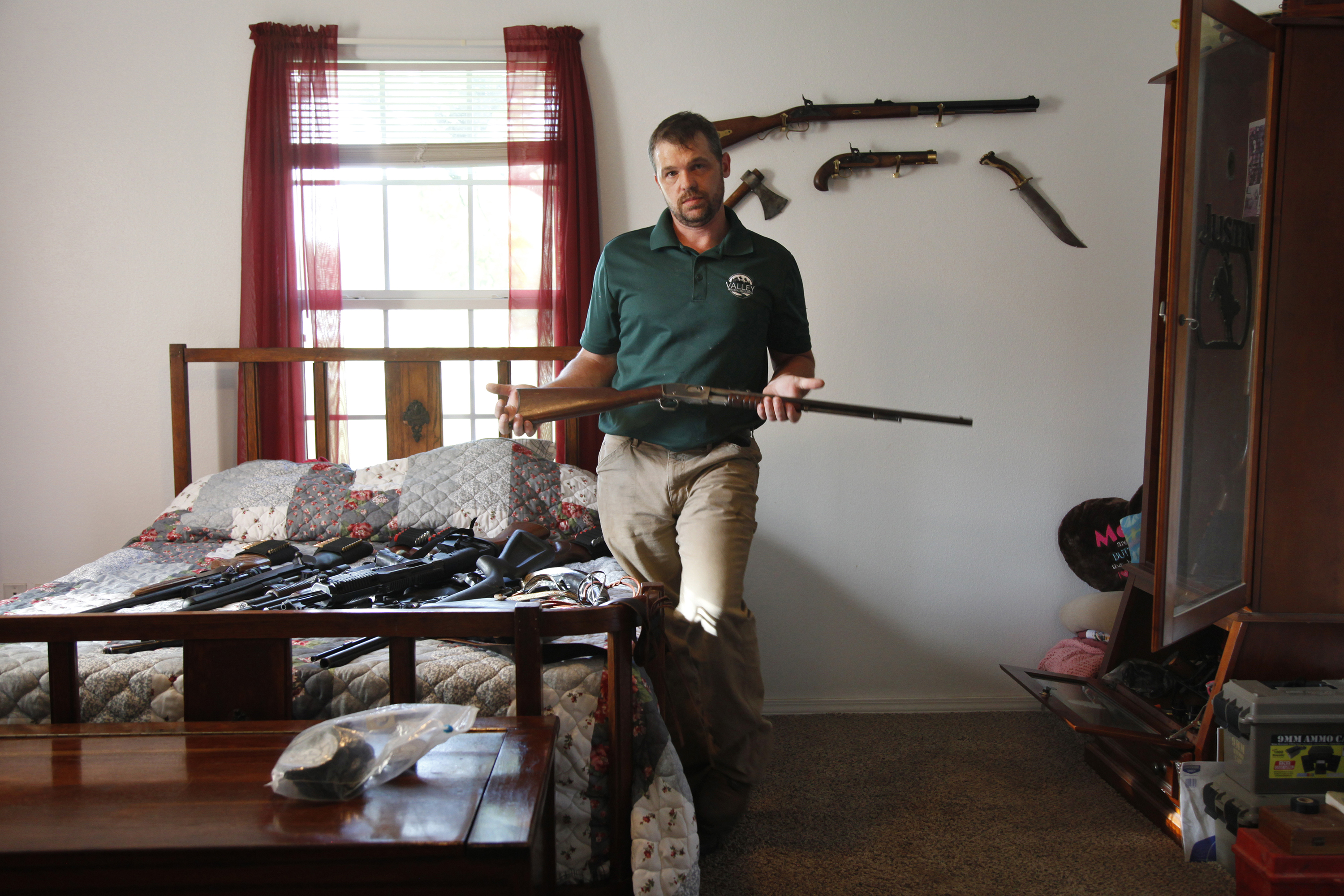
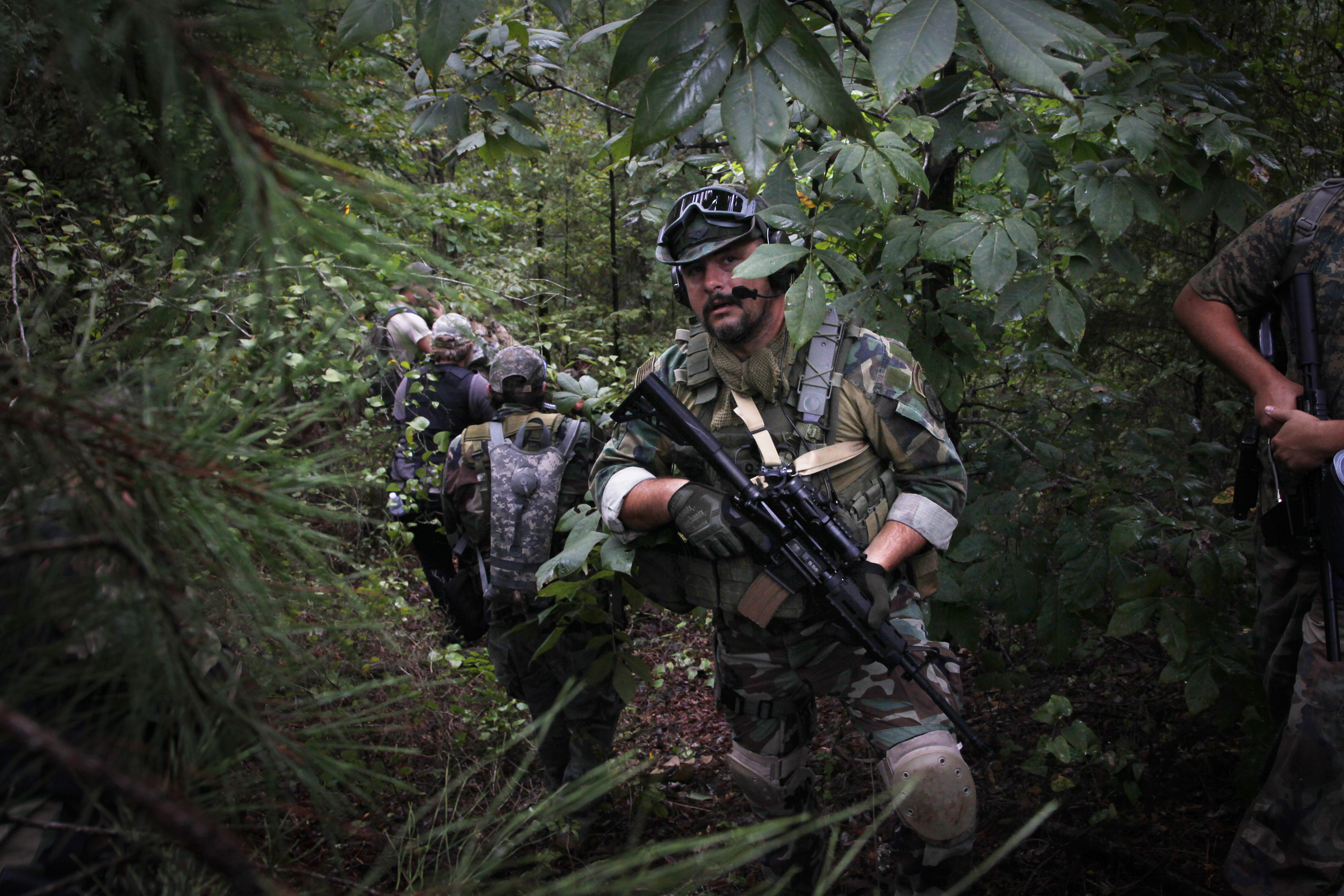
Sign up for our newsletter to get the best of VICE delivered to your inbox daily.
Follow Jen Osborne on Instagram.


